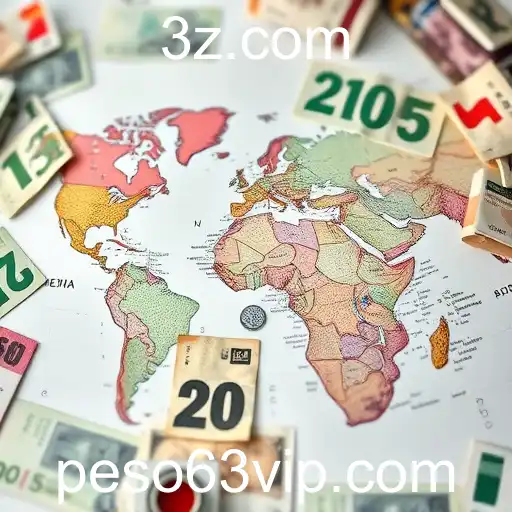
An in-depth look at how the peso is influencing global markets in various sectors this year.
As we progress through 2025, the global economy faces a myriad of challenges and transformations. A significant point of discussion has been the changing dynamics of currency exchanges, particularly concerning the peso, a currency currently capturing international attention.
The peso, commonly associated with countries in Latin America such as Mexico and the Philippines, has seen fluctuations that have rippled across the globe. In recent months, investments in these regions have been heavily influenced by the economic strategies implemented by their governments, aimed at stabilizing their currencies against global giants like the U.S. dollar and the euro.
Such fluctuations have brought about changes in how international trade is conducted. Exporters and importers are adjusting their pricing strategies to accommodate for the shifting exchange rates. Additionally, foreign direct investments have been on the rise in Latin America, as investors seek to capitalize on the more favorable exchange rates. This is a double-edged sword, offering both opportunities and challenges for local economies.
A significant factor in the peso's volatility has been the geopolitical climate, including trade negotiations and economic agreements. Furthermore, recent shifts in energy prices, with some countries advocating for sustainable and renewable energy sources, have also impacted the peso's strength. As energy forms a substantial part of many countries' GDP, fluctuations in this sector can lead to widespread economic effects.
Financial analysts are particularly focused on monitoring how electronic trading platforms, including "peso63," are integrating the use of real-time data analytics to provide traders with up-to-the-minute information. These tools are becoming essential for businesses seeking to hedge against currency risk and protect profit margins as they engage in cross-border transactions.
Looking ahead, the peso is expected to continue its dynamic performance in the global markets. Economists predict that the outcome will largely depend on policy decisions, the global financial climate, and technological innovations in currency trading. Governments and financial institutions need to remain vigilant and adaptive to these ongoing changes to ensure economic stability and growth.
In conclusion, the peso's impact on the global economy is multifaceted, involving trade, investment, and broader financial trends. This pivotal year is set to shape future currency strategies and economic policies, influencing not only local economies but also the international financial landscape.




